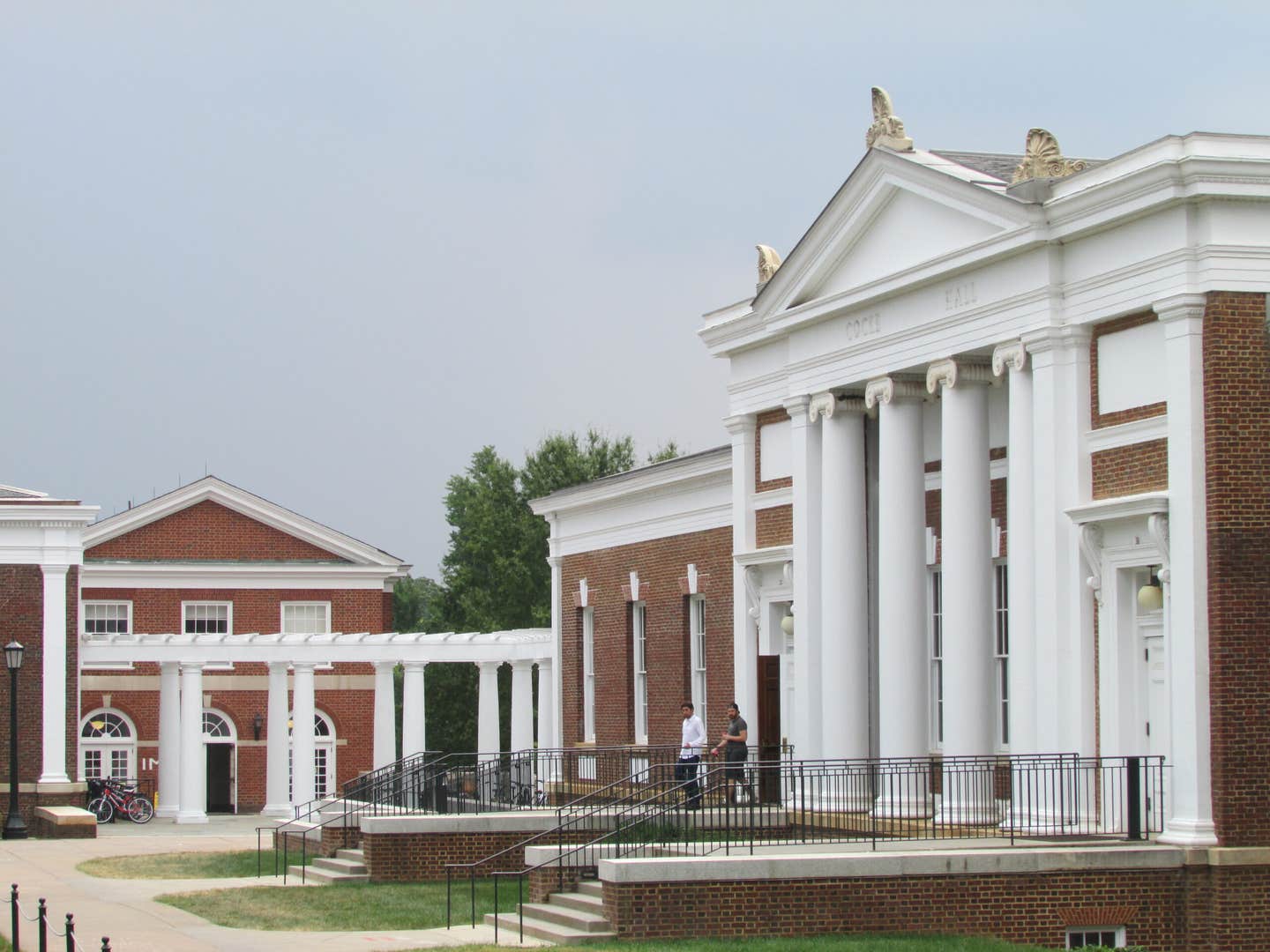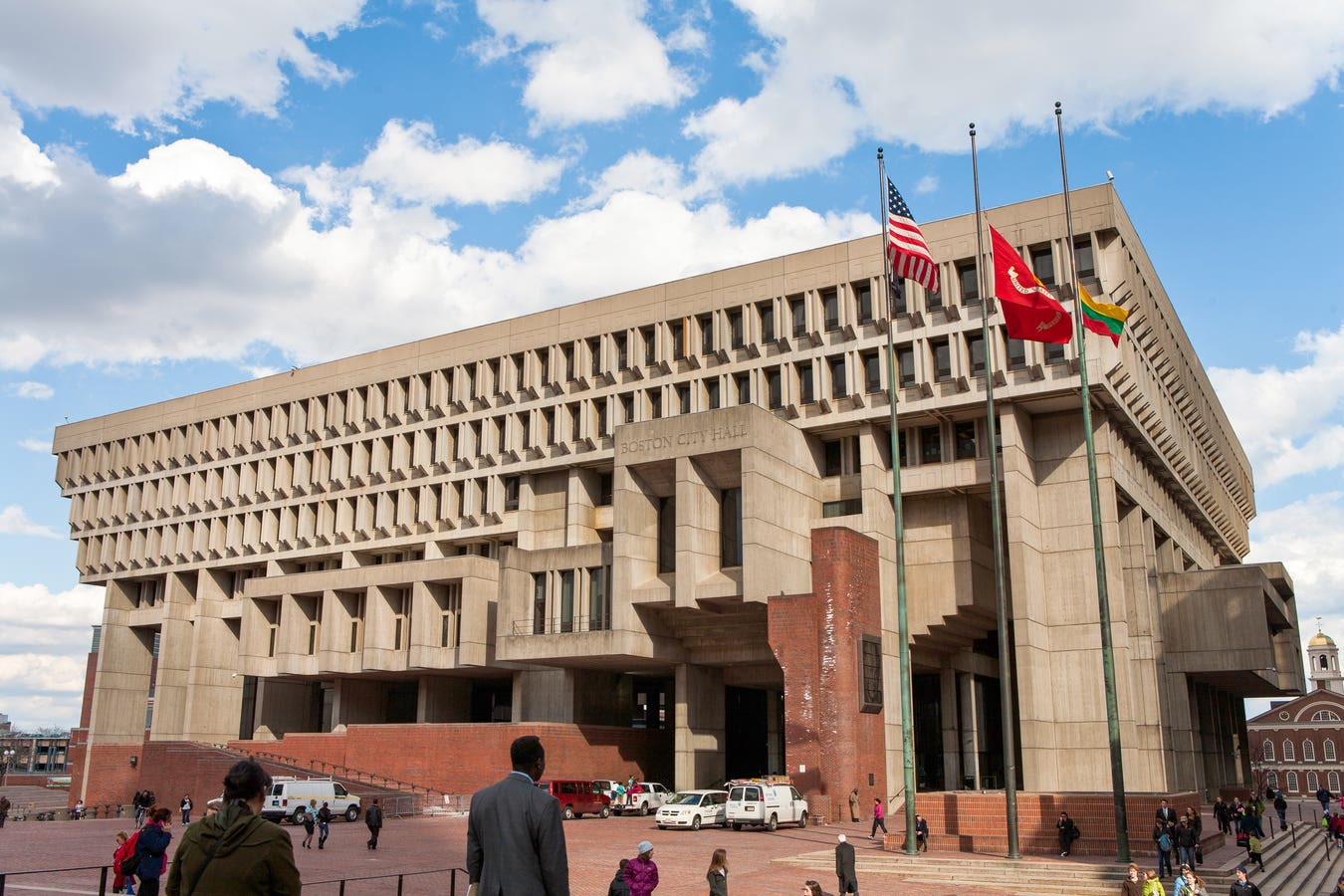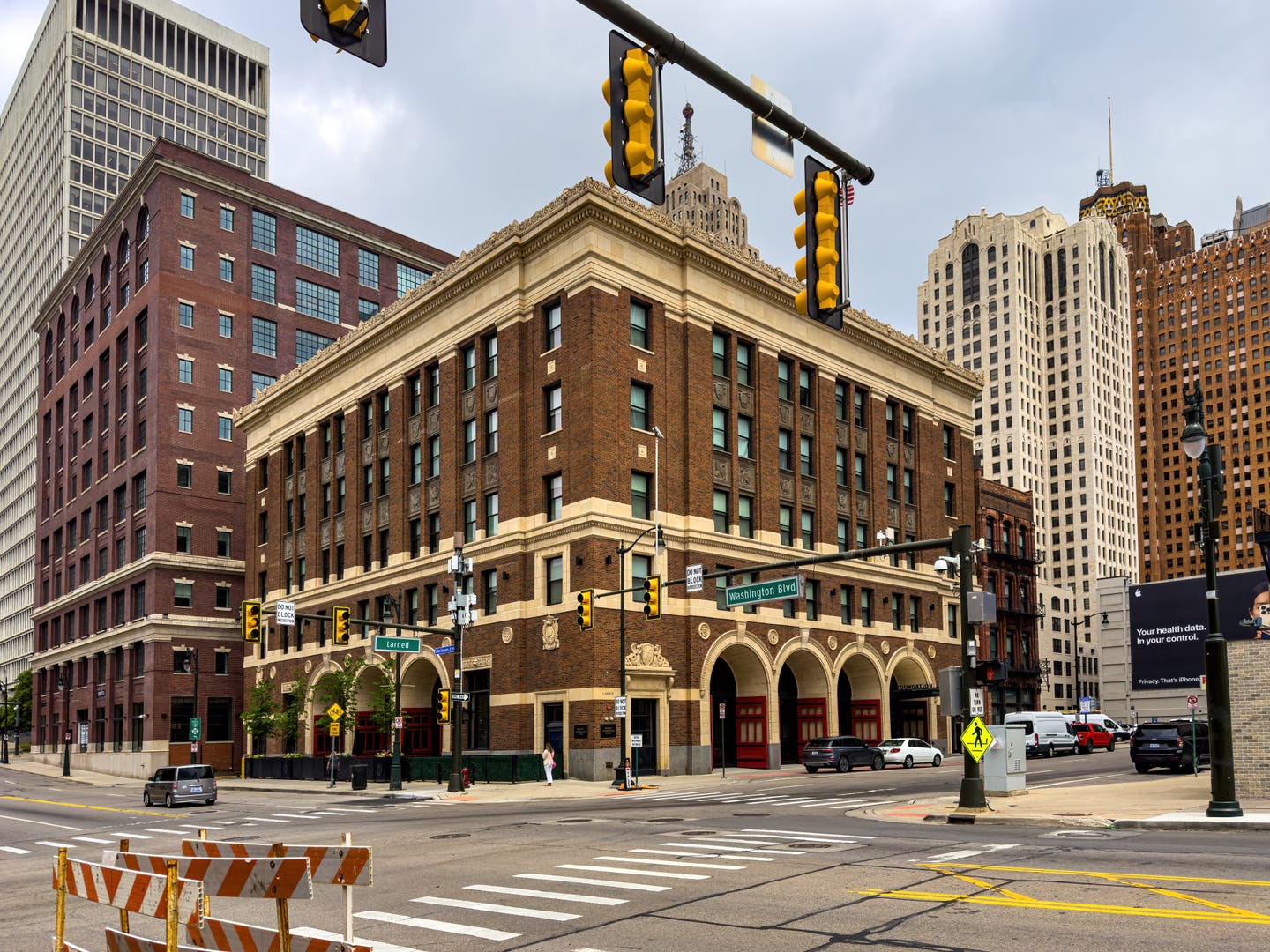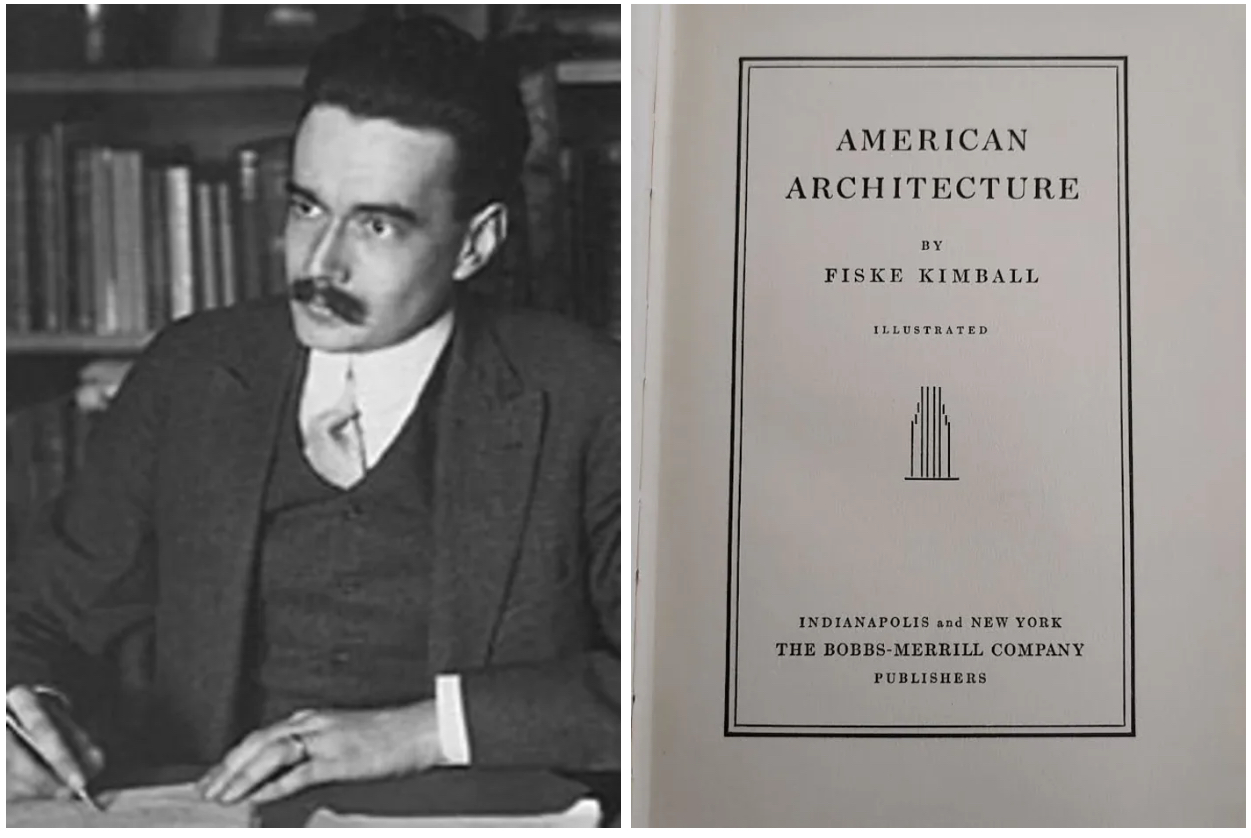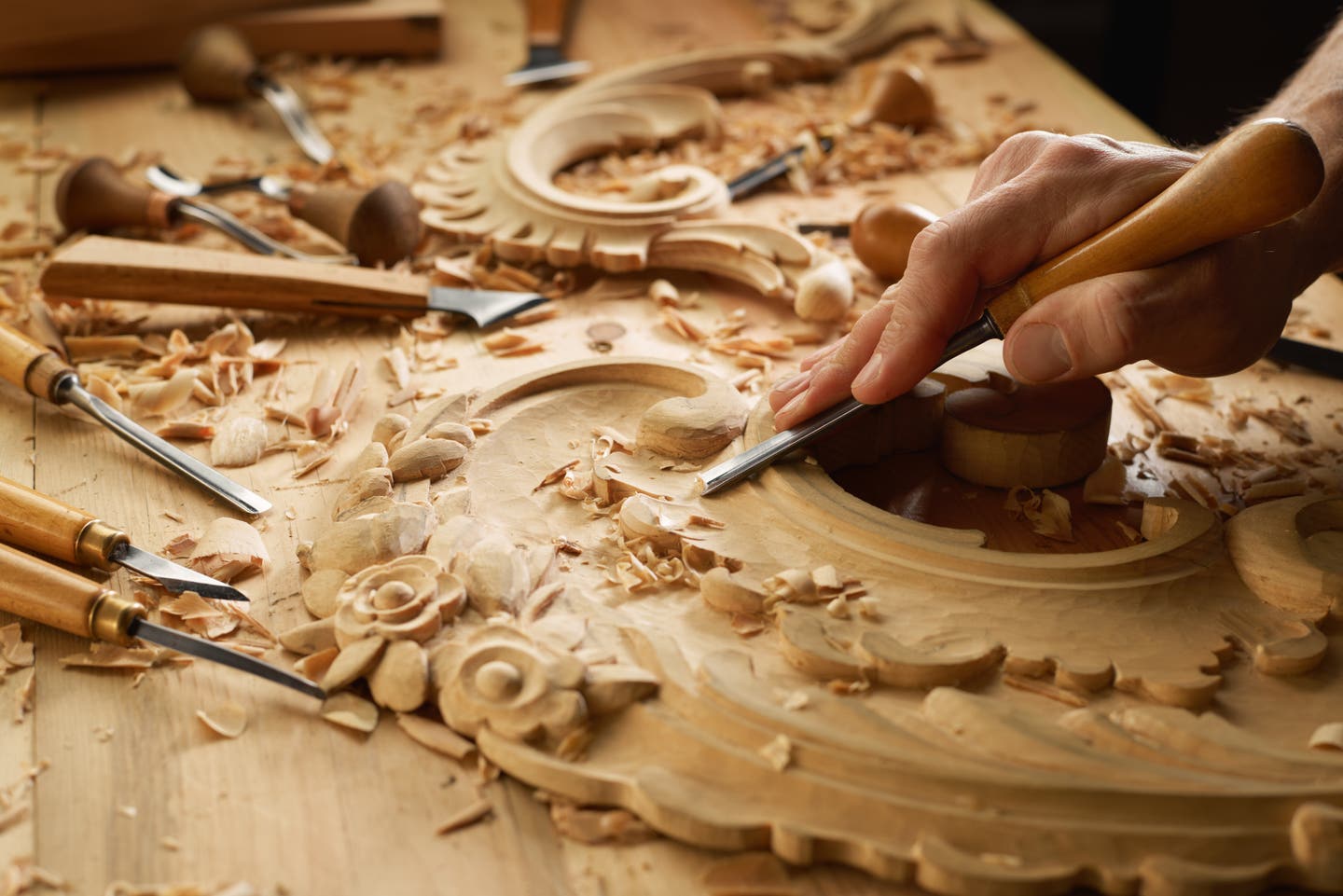
Carroll William Westfall
Traditional Architecture and Architecture’s Historians
Here is an academic review of how a traditional building is designed. It pertains to Michelangelo working in the Vatican and to the builder of a house in a new neighborhood. And keep in mind two points about traditional buildings. First, every new building since the beginning of time has been made by imitating other buildings or their parts. And second, invention makes the imitation usable.
Imitation and invention are inseparable partners working within tradition. Tradition means handed down. It holds what has been valuable enough to keep and preserve or was found in things newly discovered from the past or elsewhere. Imitation is not directly discussed in treatises and other early treatments of architecture. They instead feature the inventions and innovation that adapt old things into new ones.
The Greeks and the tradition that followed understood that imitation is natural to humankind and serves the pursuit of the three highest aspirations of individuals and communities: to do the good in our actions, to know the true in our body of knowledge, and to achieve the beautiful in what we make. Furthermore, it holds that uniquely among all the inhabitants of the earth, we are equipped with the reason, memory, and skill that we apply in fulfilling those aspirations.
We acknowledge that their full possession is impossible in this mortal life and that we are not equally endowed as individuals with those human qualities, but we also know that each of us benefits when we work together. And we know that whether working individually or communally, we do best when we consult the best possible models of actions, knowledge, and buildings for our imitation and invention. We call those best models classics, a word used today with a pair of meanings. One refers to the best possible or best known of anything: A classic faux pas! A classic soccer game! A classic book. A classic Gothic cathedral. The other refers to something with obvious parentage in antiquity: a classical belief, state capitol, or train station.
These classics have abundant examples of deficiencies and opposites such as evils, falsehoods, and uglies, but our judgment can nullify their effect.
In using imitation and invention we draw on the classic models and we look through them to their source in nature, a source common to all three, but the qualities in examples of any one of the three are not translatable to the examples of the others: an ugly building can serve the good, and a beautiful building can serve evil acts, as legions of examples testify. This separateness allows beauty of a building to be a classic that provides the beautiful for a building with a very different use: a classic pagan temple can become a capitol of a democratic state or a university library, and the house of a slave holder can be a model for the home of an antiracist family.
To pursue the fulfillment of our aspirations requires the talent of skilled and informed actors and the rational discourse of people of good will who draw on previous experience as they seek a general consensus. To seek justice and the good we use a self-governing democracy founded on conclusions drawn on the experience of history (“when in the course of human events”) and on the moral order of nature (“Laws of Nature and of Nature’s God”) that vests authority in officers entrusted to make and execute the laws. The principal sources for this government were classic in governing; their counterpart in seeking beauty has been the classics in traditional architecture with imitation and invention looking through the variety of classic models to the source they share with the classics in government, that is, to nature’s order, harmony, and proportionality.
Here we see that a building is necessarily a public object. Unlike a painting or sculpture, it cannot be secluded from public view. Its inside may be made private, but its exterior is inescapably public.
This means that every building has an inescapable public role to play in the urbanism that the civil order builds to serve its purposes. The government builds public works itself, but it controls what others build to serve their private goals. In both instances, architecture inevitably and necessarily produces an urban realm that serves the common good. Urbanism holds a variety of buildings serving a variety of purposes, and in traditional architecture each building’s appearance makes its purpose clear, doing so by imitating predecessor buildings that serve similar purposes and using invention to place them in their urban site.
This differentiation is necessary because not all purposes of a civil order are equal: a commercial office building should not be mistaken for a courthouse or a school for a factory. Traditional architecture has abundant means for expressing these differences, and in doing so it also can give unity to the variety as a sign of the commitment to serving the common good. Here buildings are like the city’s citizens who are individuals pursuing their own ends while also contributing to and enjoyed the security of a stable civil order.
This urbanism is built by architects and other citizens who have equipped themselves, often unconsciously, by consulting existing buildings within a scope appropriate to the extent of the authority that the building will exercise. That scope may include classics and other worthy existing buildings near to hand and classics in distant places or seen in books old and new. Models for high rank buildings, say, a courthouse, school, or bank, may be far afield in place and time. For a new house, consult the block, neighborhood, and district it will occupy. For a warehouse, factory, or other lesser rank a design can draw on local practice or dilute generic classicism.
None of this appears in the material informing the general public about the art of architecture. Indeed, it is vigorously opposed, especially, unfortunately, in the undergraduate surveys of the history of the arts including architecture that introduces future clients, architects, critics, and authors to the serious treatment of those arts. Let me sketch out what they encounter about architecture.
A building is no different from a painting or sculpture. Like them, it is the creative product of a unique artist.
But it is also the product of the influences of the time it was made. As times change, so do the influences affecting building design.
These times are a succession of periods or eras, each one defined by the visual qualities common to the works of that time, that is, by the unique style “of its time.”
Every building, old or new, is a building “of its time.” With each style “of its time,” the style of any other time is wrong for any other time.
Change obliterates the styles of the past, prevents continuity, and outlaws tradition.
Within any era there are a few “great artists” who assist the change of style by channeling the influences into a unique personal style, and it influences other, lesser artist-architects who use it to be “of their time” until the next style cancels it.
The series of changes have led inexorably to the present time, the Modern era, that is now presenting its own rich buffet of Modernist styles.
In this scheme, beauty has migrated to the eye of the beholder and is not subject to disputation. A critical assessment of a building is a purely private judgment of taste and based on a personal preference, not unlike preferring ice cream over cabbage, and it engages no rational faculties. (Critics and historians can, however, be effusive in describing the influences that led to the design.) These judgments reside in the passions where emotions and sentiments lie. They are personal feelings, and as such, they cannot be felt by and shared with other people as the points in a discursive assessment are.
Taste developed as a substitute for beauty in the early eighteenth century and was soon found to be a feeble base for supporting a judgment, and so the concept of the sublime was developed, and Modernist architecture revels in it. It most values a work with something never-before-been seen! Previously unimaginable! Clearly and distinctly unique! Individually creative! But we more often encounter the weakened versions of the latest or now outdated outré style.
Two points in conclusion: Influences have replaced imitation with character assassination killing imitation by calling it copying. And invention now means creating from nothing, creatio ex nihilo. The artist-architect spurns any responsibility for contributing to the public’s desire for beauty as the counterpart to the common good, instead claiming that architecture is an art of self-expressive speech that enjoys First Amendment protection with architecture leading the public into a new progressive future, leaving the devil to leave the hindmost mired in tradition.
Carroll William Westfall retired from the University of Notre Dame in 2015 where he taught architectural history and theory since 1998, having earlier taught at Amherst College, the University of Illinois in Chicago, and between 1982 and 1998 at the University of Virginia.
He completed his PhD at Columbia University after his BA from the University of California and MA from the University of Manchester. He has published numerous articles on topics from antiquity to the present day and four books, most recently Architectural Type and Character: A Practical Guide to a History of Architecture coauthored with Samir Younés (Routledge, 2022). His central focus is on the history of the city and the reciprocity between the political life and the urban and architectural elements that serve the common good. He resides in Richmond, Virginia.




